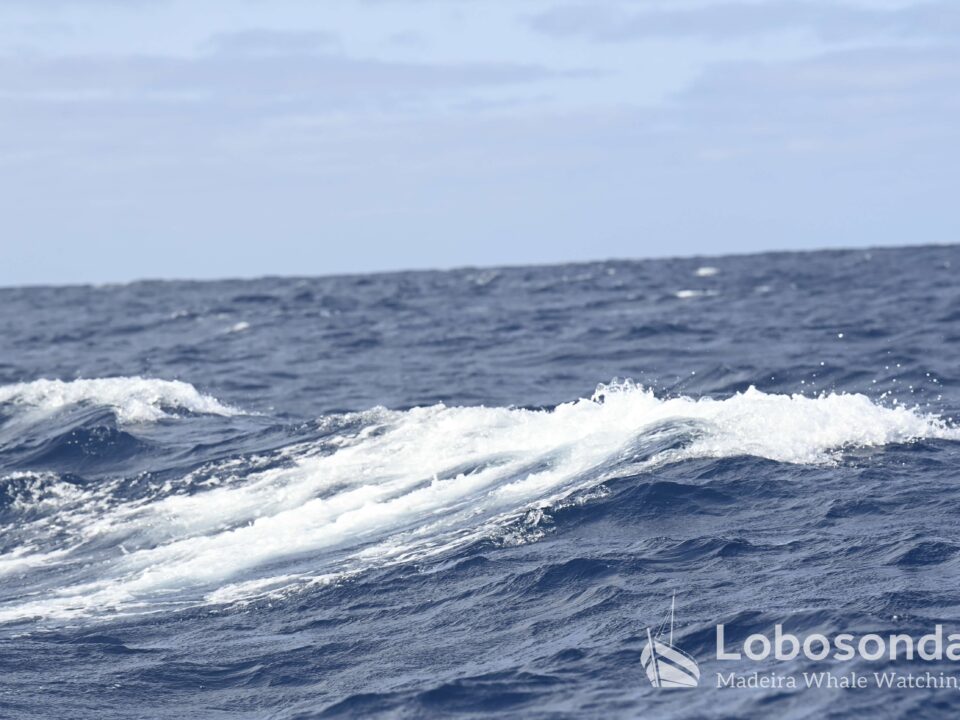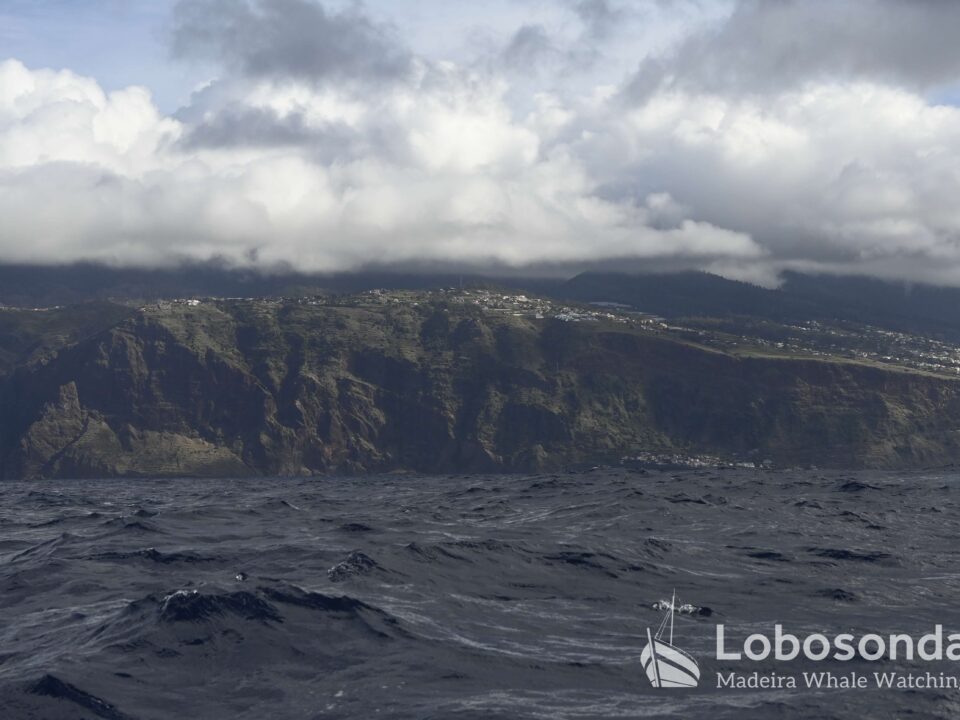
06.02.2019 – Magnificent morning
February 13, 2019
08.02.2018 – Airborne encounters
February 18, 2019Our guests enjoyed sightings with two separate groups of our beautiful winter dolphins, the Short-beaked common dolphins (Delphinus delphis) today. These cetaceans are easily recognised by the yellow hourglass pattern decorating their flanks, which can easily be admired since they are typically very interactive and enjoy bowiriding and leaping near our vessels. If you take a closer look at each individual dolphin, however, you will realise that this pattern is slightly different on each animal. This is similar to the equally inquisitive and charismatic Atlantic spotted dolphins (Stenella frontalis), where each adult dolphin has its own unique spot pattern.
Of course, photo-identification using photos of the dorsal fins of the animals, is a much more reliable tool in recognizing individual common dolphins as it is with all other delphinids. The interactive nature of todays groups, however, and the clear waters of Madeira enabled even some of our guests on board to tell the animals apart.
There was one melanistic individual that was easily recognized by all on board throughout the sighting. Melanism is an anomaly that involves an overproduction of the pigment melanin that provides us and other animals with vital protection against the suns harmful UV rays. In common dolphins this leads to the loss of the characteristic hourglass pattern of the species but that didn’t make this dolphin any less beautiful. In fact, it was the star of the show!
Melanistic individuals have become very frequent sightings these past years, particularly amongst the common dolphins, and it has become apparent that this anomaly is also hereditary as several melanistic calves were also observed. Perhaps the darker colour provides the animal with better camouflage during hunting? Or maybe this is a genetic mutation to help protect the animals from the suns rays as a reaction to climate warming? We can only wonder for now but, one’s thing for sure, these animals aren’t shunned out of the group. On the contrary, they are well integrated within the herd with the individual today even mating with most of its peers.
Apart from our charismatic winter dolphins we had the pleasure of seeing the first Cagarra, or Cory’s Shearwater (Calonectris borealis) drifting on the waters surface today. Soon, the archipelagos coastline will ring with their typical calls as the colonies return to breed.
By Paula Thake
Sightings of the day
Stenella
15:00 Short-beaked common dolphins

















